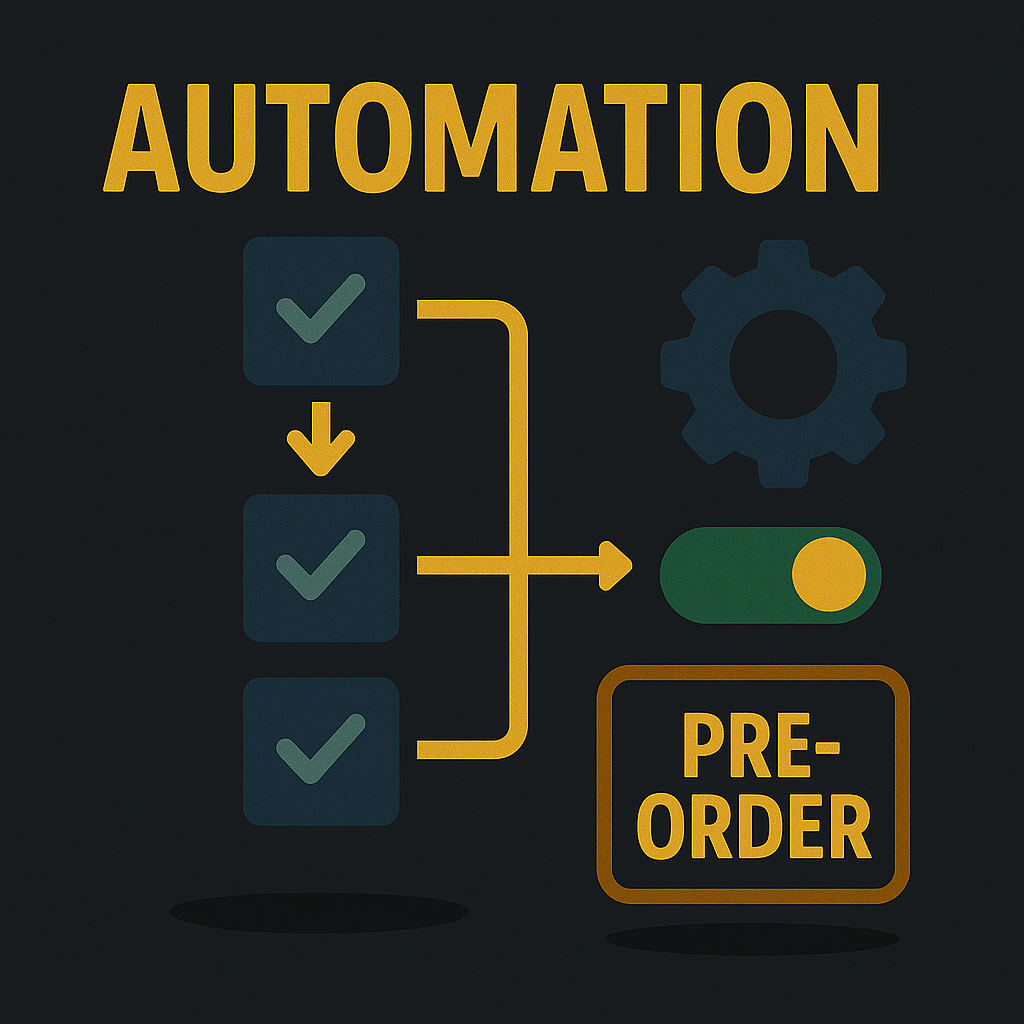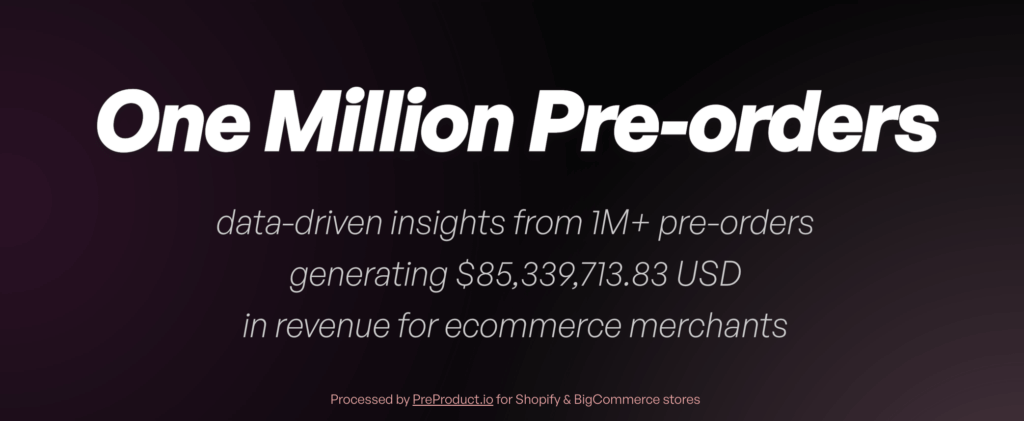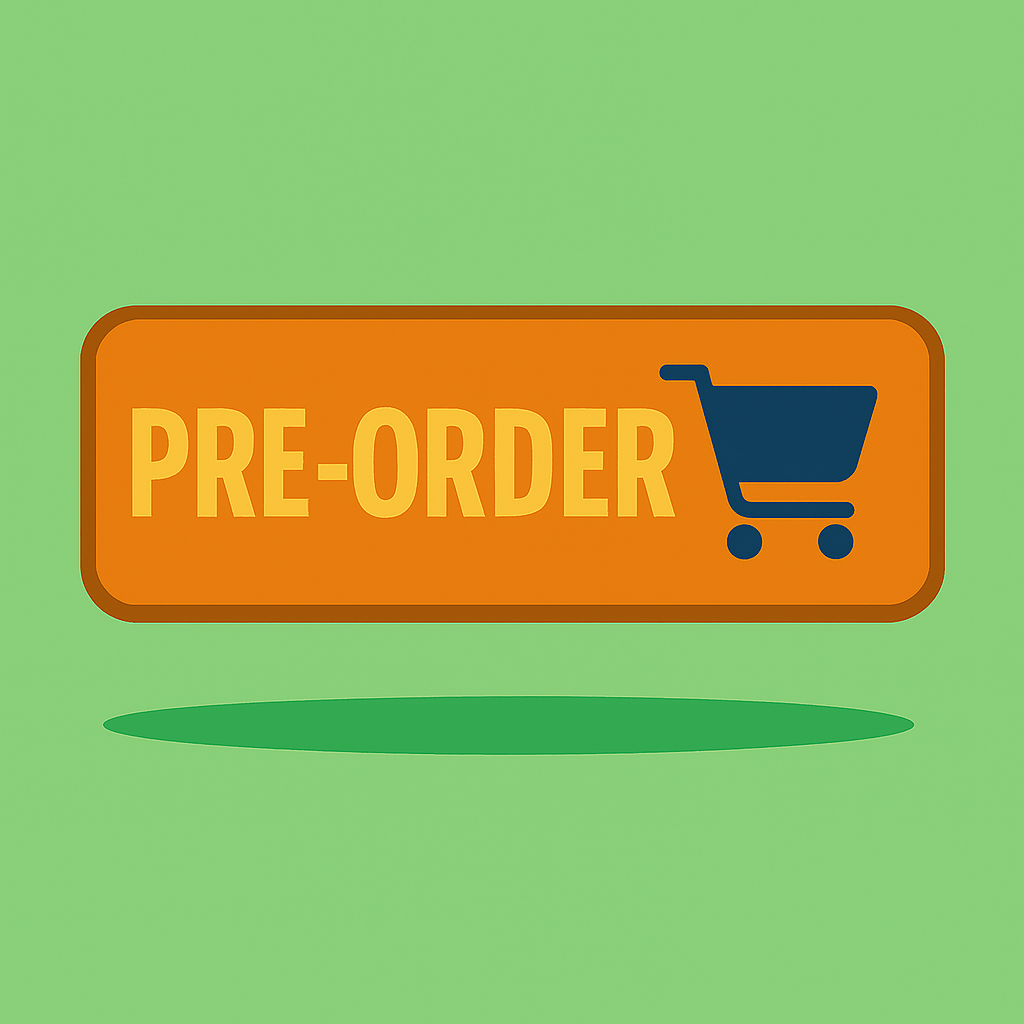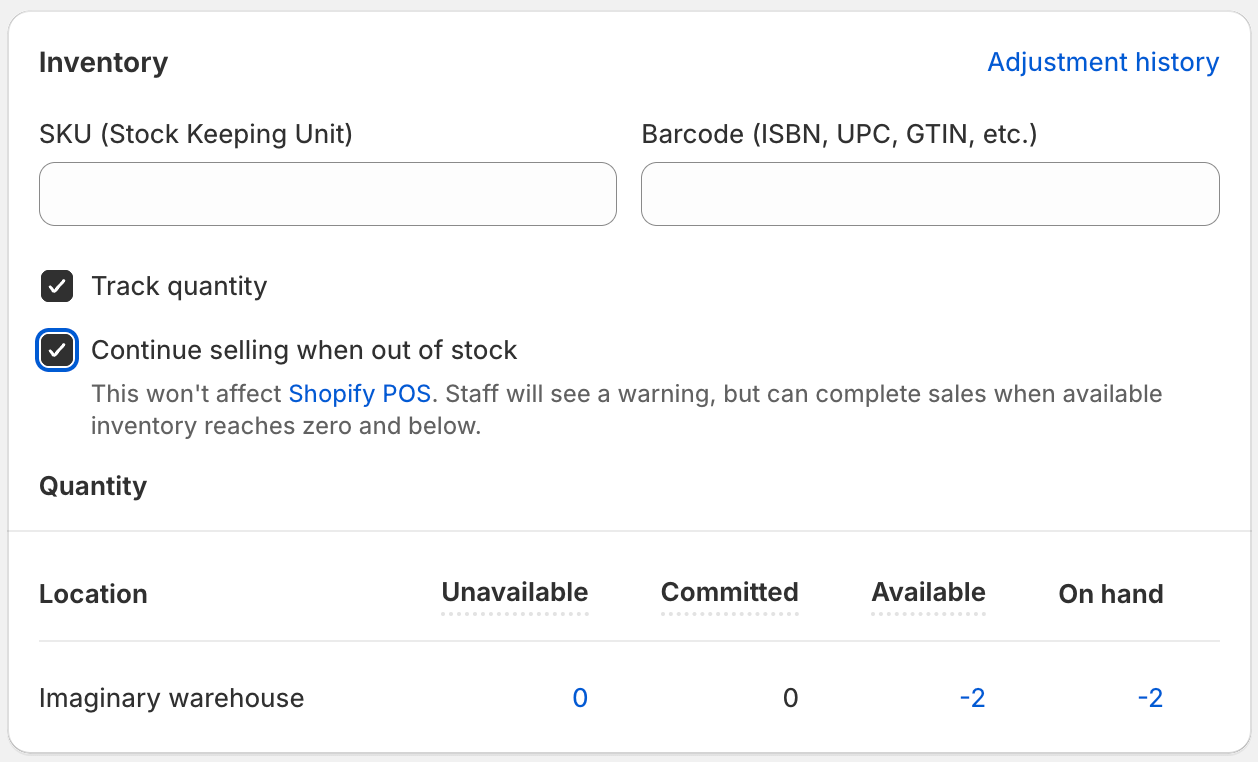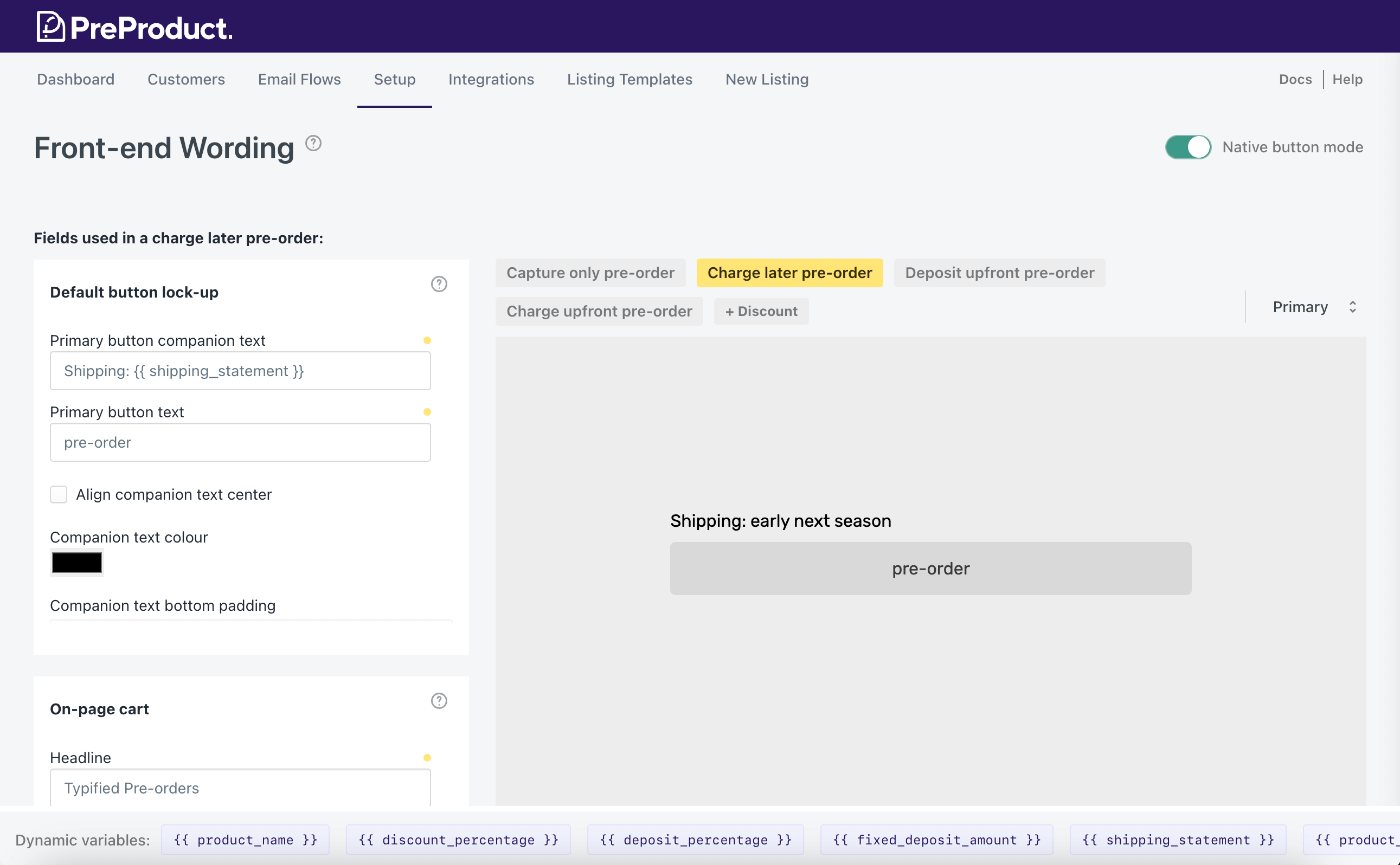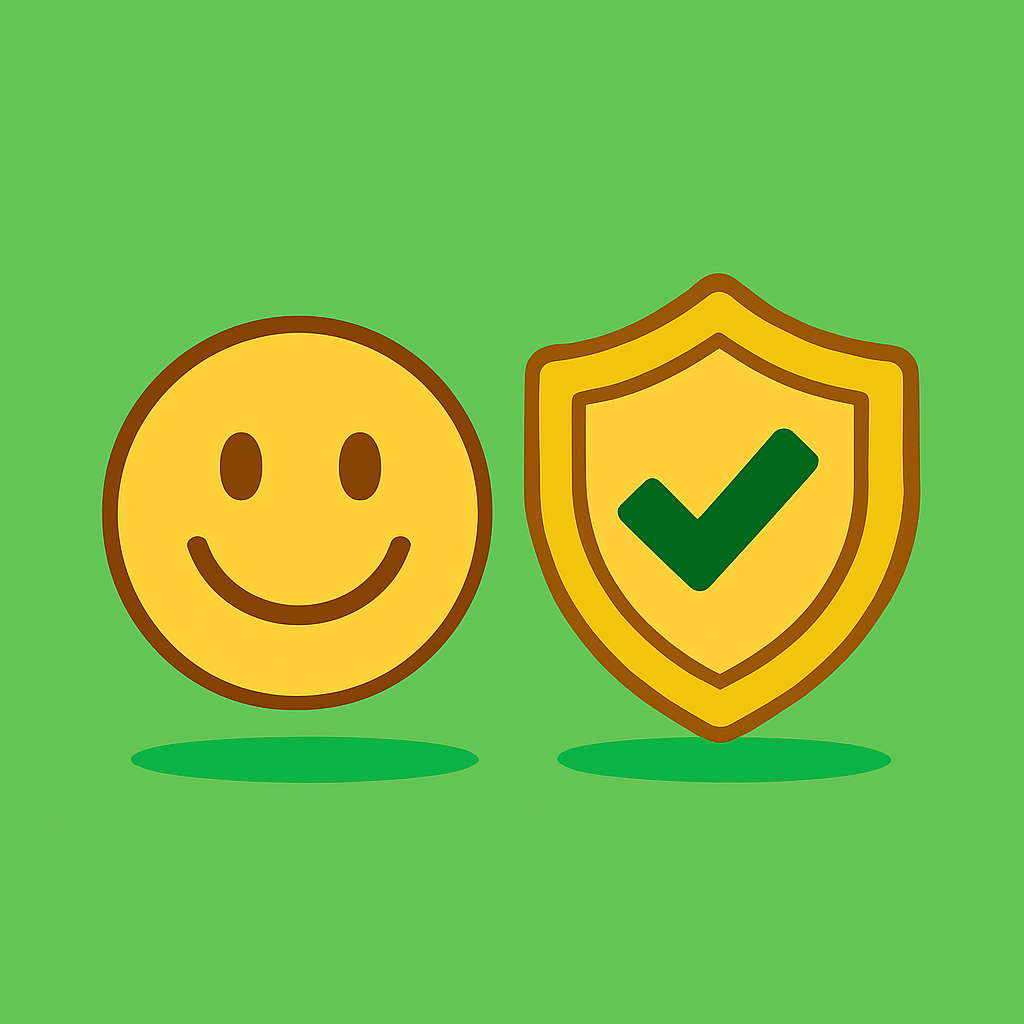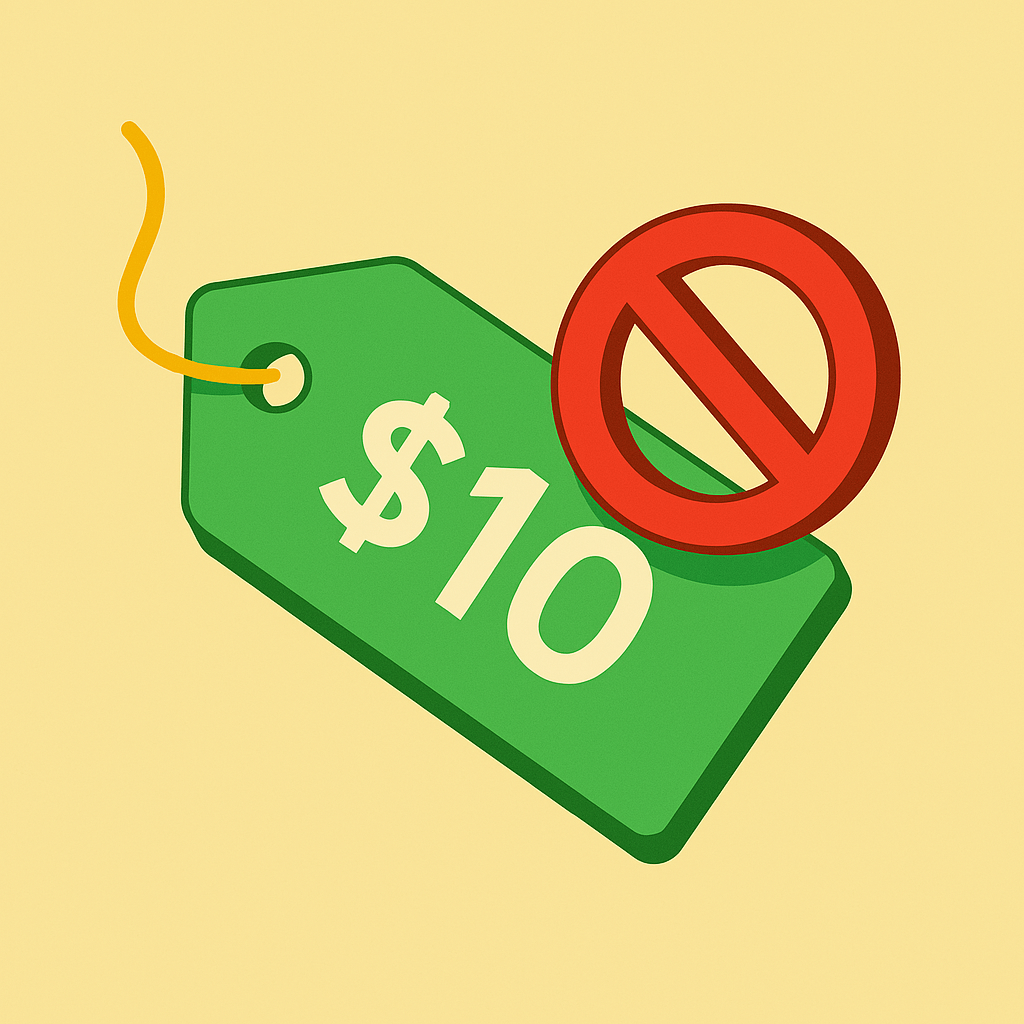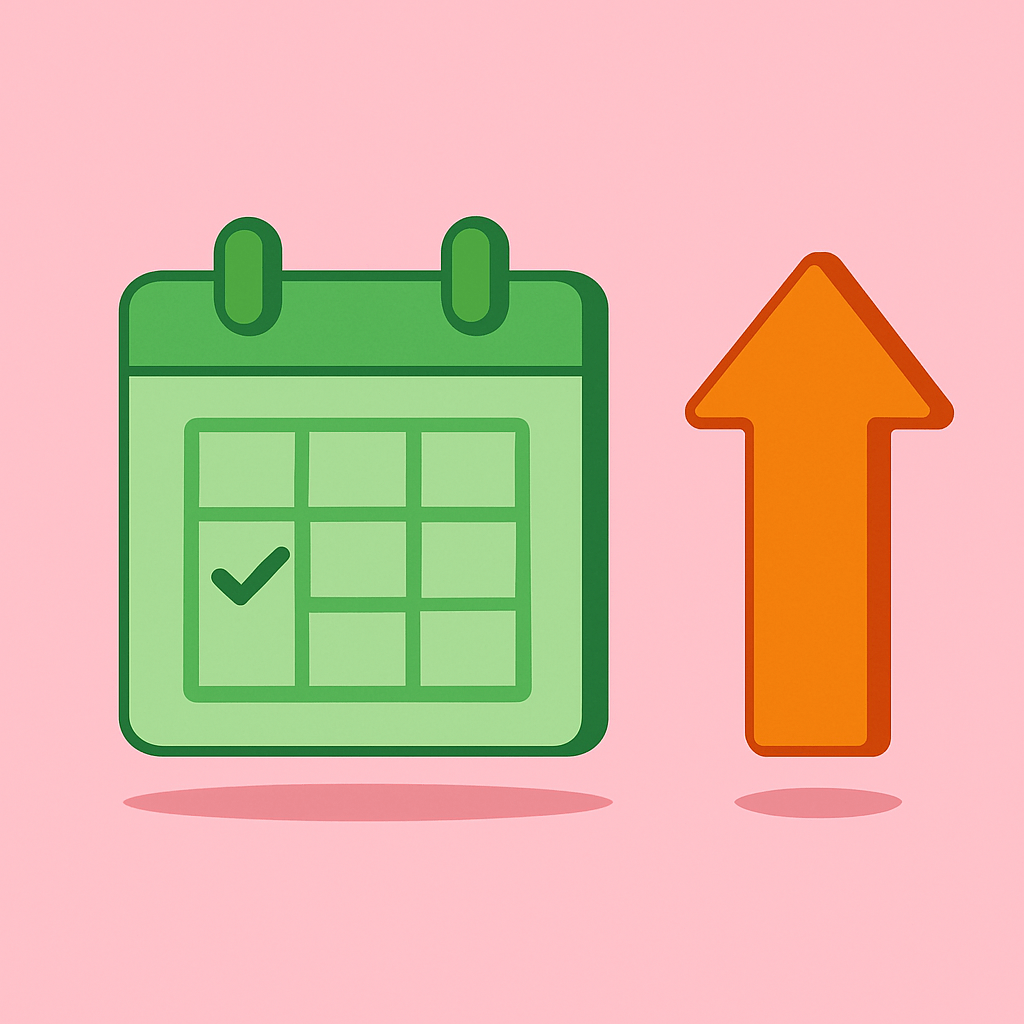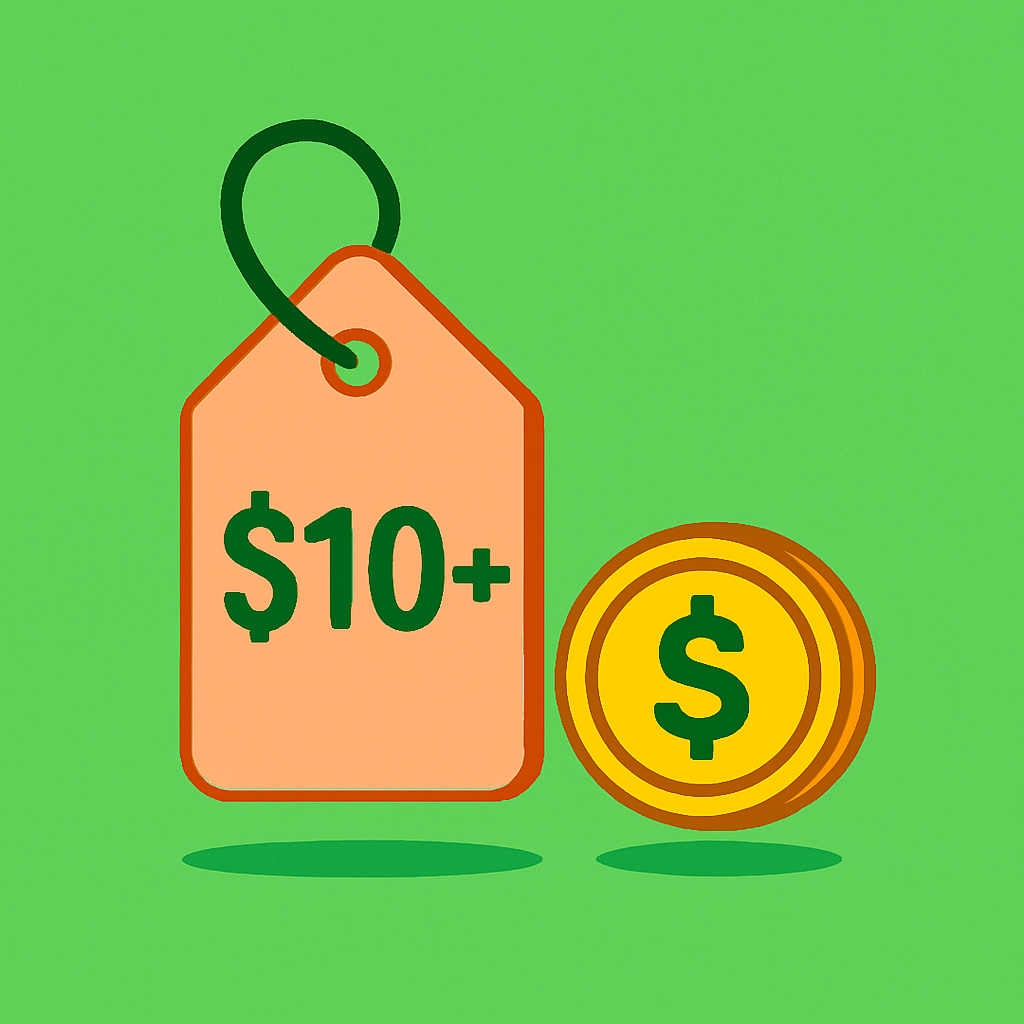28.7 % of pre-orders processed with PreProduct were taken as “capture-only” (ref: One Million Pre-orders report). It’s popular amongst our Japanese merchants, as well as hobby stores.
If you’ve ever eaten a surprise cost increase or watched freight rates spike after locking in prices, you know the pain. This guide breaks down the two types of 100% pay later pre-order —Charge-Later and Capture-Only, so you can decide the best fit for your business.
TL;DR
- Charge-Later pre-orders convert best but lock your price in — often fine, but riskier in volatile markets.
- Capture-Only safeguards margin by splitting the flow into (1) placing a reservation and (2) completing checkout later.
- 43.8 % of all PreProduct pre-orders run Charge-Later.*
- 28.7 % run Capture-Only.*
*Source: PreProduct — one million pre-orders

Why “locking-in” the price can come back to bite you
- Supplier volatility: quotes expire in days, not months; delays and surprise surcharges are now the norm.
- Freight roulette: sea-freight rates swung from roughly $2.4 k to $8 k per FEU on key routes in 2025 (Freightos index).
- Tariff whiplash: US and EU duties can change mid-production.
Charge-Later pre-orders vault the card and lock the price the moment a shopper checks out—great for conversion, but prices and orders are fixe.
Capture-Only pre-orders flips that flow. The reservation sits outside your ecommerce platform until you’re ready; then a payment-link email drops customers into a pre-filled checkout with the final price.
Types of ‘pay later’ pre-order
 Charge-Later Pre-orders (Vaulted Credit Cards)
Charge-Later Pre-orders (Vaulted Credit Cards)
- Product is listed in pre-order app as charge-later.
- Shopper completes checkout; With PreProduct’s Shopify/Woo/BC integration, a order is locked in at today’s price.
- You manufacture or receive goods.
- You trigger charges from the pre-order app; the vaulted card is charged at the locked-in price.
Gotchas
- Any cost increase comes straight off your margin.
- Editing price fields post-order breaks the flow.
- Cancelling and re-invoicing is messy
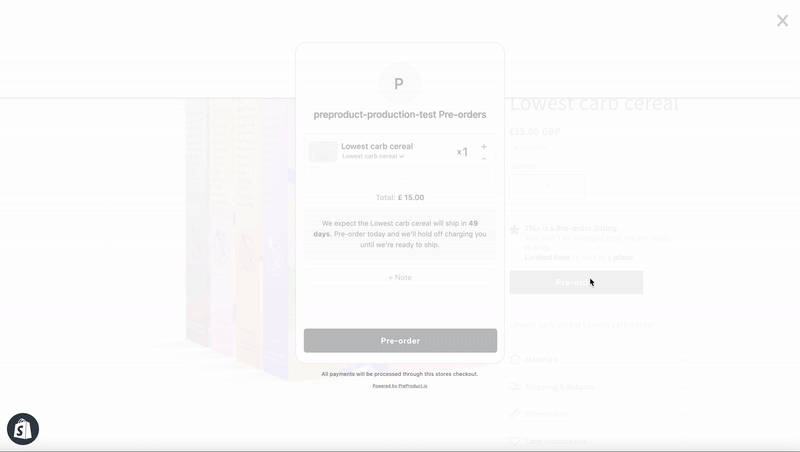
 Capture-Only Pre-Orders (Wish-List-With-Teeth)
Capture-Only Pre-Orders (Wish-List-With-Teeth)
- Product is listed in the pre-order app as capture-only (reservation mode).
- Shopper reserves with name + email — no checkout, no card data.
- You tally demand, then lock in supplier, freight and duty costs.
- When ready, batch-send payment-link emails from the app; shoppers hit a pre-filled one-click checkout that reflects the current price.
- Paid orders sync into Shopify / Woo / BigCommerce and run through your normal fulfilment flow.
Gotchas
- Lower overall conversion than charge-later (some shoppers ghost at the payment-link stage).
- Zero cash-flow until links are clicked.
- Reminder cadence matters — drop-offs spike if you don’t nudge.
- Needs crystal-clear messaging that price is finalised later to avoid surprises.
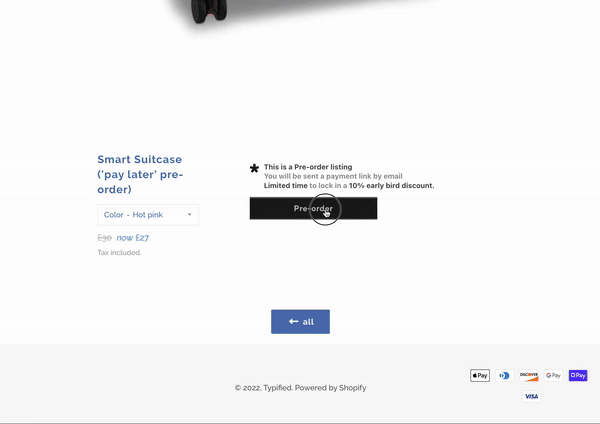
Pros, Cons & When to Use Each
| Charge-Later | Capture-Only | |
|---|---|---|
| Conversion rate |     (no further action needed from customer to pay) (no further action needed from customer to pay) |    (not all customers will complete payment link checkout) (not all customers will complete payment link checkout) |
| Cash-flow boost |    (none until you trigger charges) (none until you trigger charges) |    (none until payment link) (none until payment link) |
| Price flexibility |  |     |
| Risk profile | Medium (prices are locked in, but cancelling pre-orders doesn’t accrue refund fees, as no money has changed hands yet) | Low (Easy to change price, as well as cancel/edit) |
Ideal Use-Cases for Capture-Only
- Pricing in flux: tariffs, commodity costs, or bespoke customisations.
- Long lead-times: luxury furniture, custom bikes, Kickstarter-style runs.
- Particularly risk adverse merchants
Pro-Tips for Smooth Capture-Only Launches
- Communicate the process. “We expect to ship in 2–6 months. Estimated price €45–€55 depending on freight.”
- Send follow-up payment links. Use your pre-order app’s follow-up feature to remind customers their slot is expiring if they haven’t clicked the link.
Quick-Start on Shopify / BigCommerce / Woo
- Install PreProduct.
- List a test product in Capture-Only mode to check the flow and integration.
- Test-purchase the listing end-to-end.
- Launch for real. Market the new “Pre-Launch” to your list and socials.
Next Steps
Grab PreProduct’s Starter plan or a 7-day free trial of any fixed-cost tier. Weigh up Capture-Only versus Charge-Later for your own launch, then pick the flow that protects your margins. Questions? Ping me (Oli) anytime—keen to hear how you’re handling pre-orders this quarter.

Oli Woods
Co-founder @PreProduct



